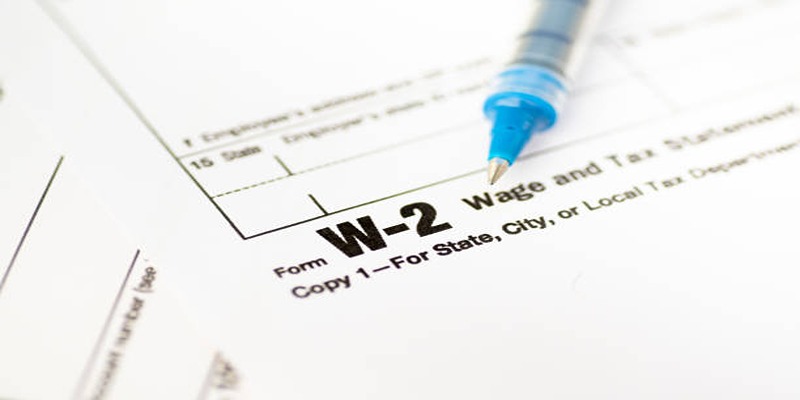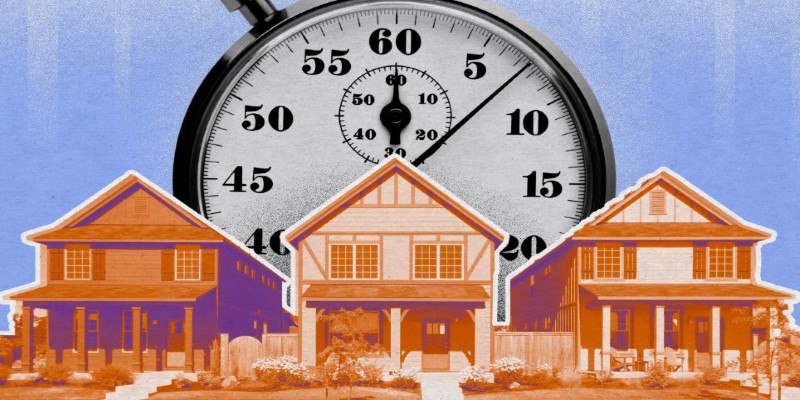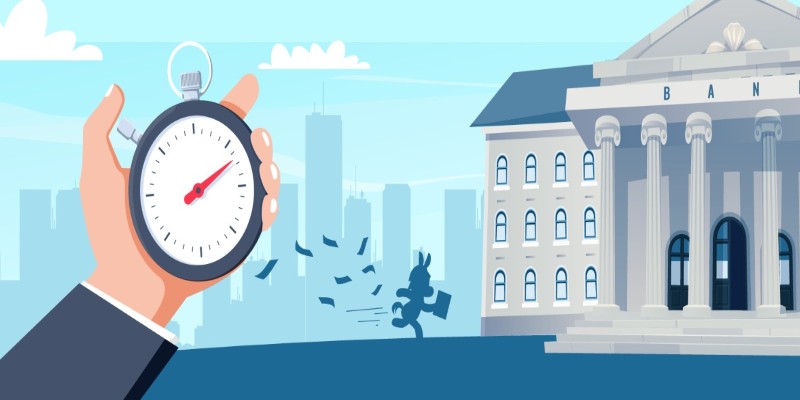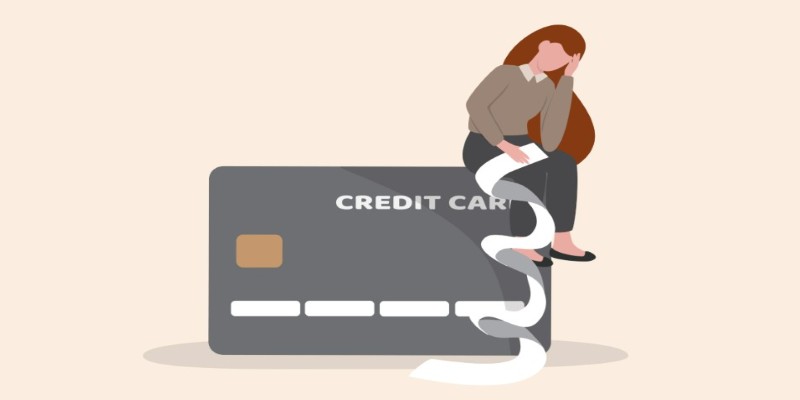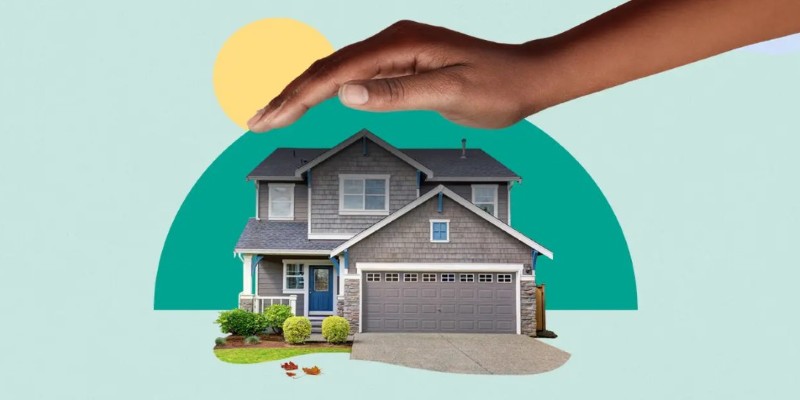Opening a bank account isn't always instant. If you're applying online, it can take under an hour at a local branch or a few days. It depends on the bank, the type of account, and how complete your documents are. It can stretch longer if your application hits a snag—missing ID, name mismatch, or flagged history. Some people get access to their new account right away, while others wait for paperwork, approvals, or debit cards. Knowing what steps are involved makes the process easier to manage, especially if you're applying digitally and don't want to deal with delays.
What to Expect When Opening a Bank Account?
Walking into a local bank with your documents often leads to faster results. Bring a government-issued ID, Social Security number, and proof of address. The account will usually be ready in 30 to 60 minutes. It may take longer if the branch is busy or you're opening a joint or business account.
Online applications are convenient but vary in processing speed. Some banks offer quick approval within minutes, while others need a day or two to verify your documents. If anything’s unclear or missing, you may be asked to upload additional files, which can delay things by a few days.
Neobanks usually offer quicker onboarding because everything is built around mobile access. Identity checks are done automatically through photos and app prompts, and you may get your account number the same day. Still, debit cards and other materials may take several days to arrive by mail.
Some banks offer a "start online, finish in person" option, allowing you to pre-fill forms and submit documents for quicker final steps. Others may require an in-branch visit if your online submission needs extra verification.
How Account Type and Documentation Affect Timing?
The type of account matters. A simple personal checking account takes less time than a business or specialty account. Basic applications often need only your ID and Social Security number. However, joint, custodial, and business accounts come with more paperwork.
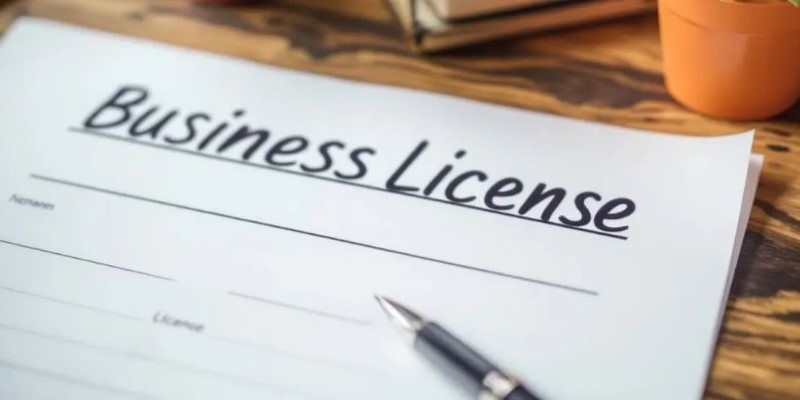
Opening a business account can take hours or even days, depending on the required documents—like your business license, formation paperwork, or EIN. If anything's missing, the application is paused until you provide it.
Non-citizens often face longer verification. Even with valid visas or passports, banks may ask for immigration records or proof of residence. If your name appears differently on various documents or you don’t have a Social Security number, extra time will be needed to verify your identity.
Past banking issues can slow things down. If you've had problems with overdrafts or closed accounts, your name might appear in databases like ChexSystems. Some banks review these before approving your application. Second-chance accounts may still be available but often take longer to process.
Having clean records and complete documents makes it easier to open a checking account without any back-and-forth.
Online vs. In-Person: What’s Faster and More Reliable?
Opening an account in person is usually faster. A bank employee walks you through each step, confirms your ID, and often gives you immediate account access. You might leave the same day with a temporary debit card and account number.
Online applications are less predictable. If everything matches up—ID, address, SSN—you could be approved in minutes. But even a small mismatch can trigger delays. Uploading unclear ID images or skipping required fields may mean your application is flagged for manual review. That can extend the wait by a few days.
Many digital-first banks aim for quick signups. Their systems rely on facial recognition and instant ID scanning. If the tech works smoothly and your records are clean, your account is often ready quickly.
Still, some things—like mailing a debit card—can’t be rushed. Even if your account is active, you might wait several days before you can make purchases unless instant digital cards are offered.
Hybrid openings—online forms plus in-person ID checks—can reduce friction. Some banks even offer video calls with live agents to speed up approval.
After the Account Opens: What Happens Next?
Once your account is active, you'll usually receive your account number right away. However, some features may take longer to become available. New accounts sometimes limit deposits or withdrawals for the first few days.

Banks often temporarily hold large check deposits while they verify the source. Transferring money from another bank can also take a few days, depending on the clearing system.
Debit cards and checks are typically mailed within five to ten business days. If you open the account in person, some banks can issue a temporary card on the spot. Otherwise, you’ll wait for delivery before using your funds at stores or ATMs.
Direct deposit, transfer tools, and mobile banking can usually be set up immediately. However, for security, some features—like linking external accounts or setting overdraft coverage—might require account verification first, which can take a bit more time.
If you open a savings account, certain rules apply. Federal regulations limit the number of withdrawals, and banks might place holds on new deposits until they clear. CD and investment-linked accounts have their timelines before you can access funds.
Conclusion
The time it takes to open a bank account depends on how you apply and what kind of account you want. A visit to a branch with all your documents usually gets the job done the same day. Online processes are less consistent—some are instant, others may stretch into several days. Delays usually come from incomplete paperwork or extra identity checks. Once your account is open, you’ll still need to wait for debit cards and full access to some features. If you want to open a checking account smoothly, prepare your documents and choose a bank that matches your pace.


